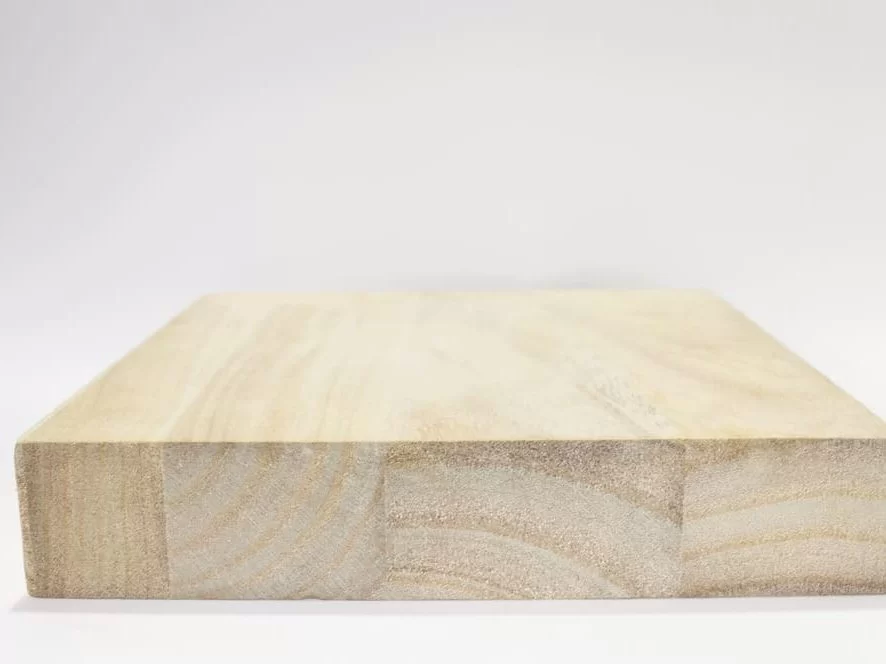In this post you will find all the information about Paulownia’s tree and the utilities of Paulownia’s wood. The physical and mechanical properties and its characteristics.
WHAT IS PAULOWNIA?
Paulownia has many common names including Kiri, Empress tree, Princess tree and Foxglove tree and certain species of Paulownia are sold under the name Empress Splendor by World Tree.The trees are native to Asia and have been introduced to North America, Australia, Europe and Japan.21 Paulownia is a fast-growing hardwood. It can grow 10-20 feet in its first year and generally reaches maturity within 10 years. Paulownia also regrows after harvesting and can be harvested up to 7 times without replanting.
Other attributes of the Paulownia tree which contribute to Paulownia’s sustainability include that it will grow on fallow land, can be used for soil regeneration as its nitrogen-fixing leaves naturally fertilize and replenish the soil, as well as its flowers provide pollination benefits and attract honeybees.

PAULOWNIA WOOD CHARACTERISTICS
The paulownia or kiri wood has a light color with pink reflections and does not have knots and its main characteristic is its lightness, reaching an average density of around at 270 Kg / m3.
- It is lightweight
- Sustainably grown & harvested
- It has a beautiful grain with limited knots (so it is great for colouring or staining)
- It is a plantation timber that grows very quick
- Dimensionally stable (no cupping or warping)
- Easy to carve and dye

Paulownia has good material and wide application.
With Paulownia wood you can do anything!
- Paulownia is a variety of wood that can add value to any final product which lightness is a relevant parameter.
- Paulownia today can be found in all kinds of furniture. You also find it in items of decoration , cars motorhomes, boats and in all kinds of equipment used in water sports such as surfboards or skis.
- The Paulownia tomentosa tree can also be found in musical instruments such as the guitar (acoustic or electric), in saunas and of course in all types of packaging, since it is ideal for the manufacture of wooden boxes.
- Paulownia Honey: In addition to beauty, the flowers of Paulownia are also distinguished by strong, fragrant aroma and they are an excellent nectariferous plants! From one hectare of Paulownia it is possible to receive 800 kg and more honey.
- Application in food: we cannot miss the fashionable use of Paulownia’s flowers in the form of horns with cream – it can sound like an exotic dessert, but it is already a part of the menu of many European restaurants.
- Perfumery: Paulownia grows flowers in the form of a bell, each up to 6 cm in diameter, fleecy, bluish violet, lilac or almost white. The aroma (notes) of flowers of Paulownia is defined as vanilla, powdery and slightly almond. It is established that this is due to the heliotropin substance contained in the aroma known in perfumery and present in other flavors.














